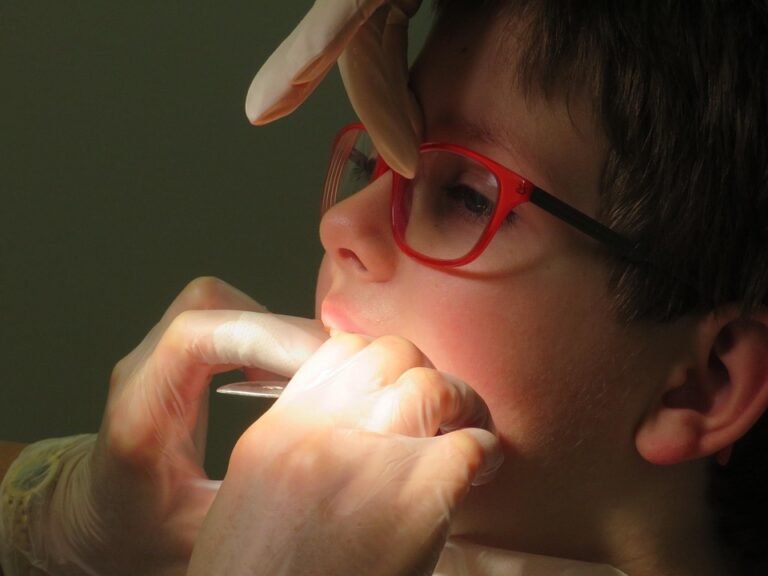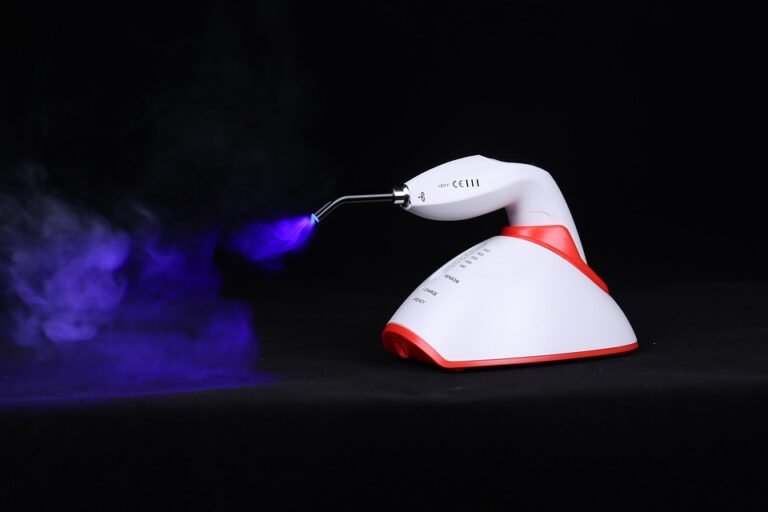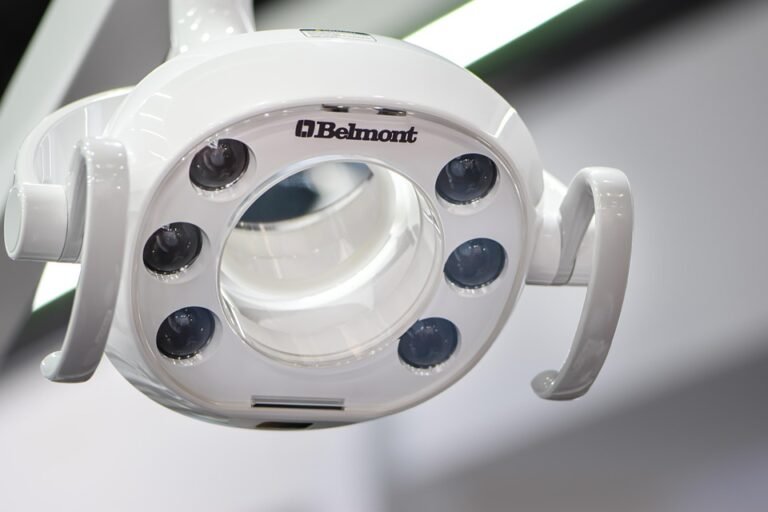Do I need a full frame or crop sensor lens for dental photography
Okay, so I’m starting to build my equipment setup for taking dental photos, mostly intraoral and extraoral shots, you know, for documenting cases and maybe some light publication. I’m really trying to figure out if it’s worth investing in full frame lenses right off the bat, or if I can get by with lenses designed for crop sensor cameras.
My main concern is sharpness and image quality, obviously. I want the details to be crystal clear. Also, I’m worried about the field of view. Will I be able to get the shots I need with a crop sensor lens? I’m planning on using a macro lens for most of my intraoral shots, but I’m unsure whether I should buy a full-frame compatible macro lens from the outset. The cost difference is pretty significant, so I want to make sure I’m making the right decision for the long term. I’m planning on upgrading my camera body at some point, but I don’t know when that might be. Should I future-proof my lens investment now? Thanks in advance for the help!
Answer
The type of lens you need for dental photography – whether it’s designed for a full-frame or crop sensor camera – depends primarily on the camera body you’re using and the specific photographic goals you have. Let’s break down the considerations to help you determine the best choice:
Understanding Full Frame and Crop Sensors
- Full-Frame Sensors: These sensors are the same size as a traditional 35mm film frame (approximately 36mm x 24mm). They capture a wider field of view with a given lens.
- Crop Sensors (APS-C or other smaller formats): These sensors are smaller than full-frame sensors. Common sizes are around 22.2mm x 14.8mm (Canon APS-C) or 23.5mm x 15.6mm (Nikon/Sony APS-C). Because they use a smaller portion of the image projected by the lens, they create a narrower field of view, effectively "cropping" the image.
Lens Compatibility
- Full-Frame Lenses on Full-Frame Cameras: These lenses are designed to cover the entire full-frame sensor area. They function as intended, providing the advertised focal length and field of view.
- Crop Sensor Lenses on Crop Sensor Cameras: These lenses are specifically designed for the smaller sensor size. They are often smaller, lighter, and less expensive than full-frame lenses. They provide the appropriate field of view for the crop sensor.
- Full-Frame Lenses on Crop Sensor Cameras: You can use full-frame lenses on crop sensor cameras. The lens will work perfectly well; the camera will simply use the central portion of the image circle projected by the lens. This is often a viable option, especially if you anticipate upgrading to a full-frame camera body in the future.
- Crop Sensor Lenses on Full-Frame Cameras: Generally, you cannot use crop sensor lenses on full-frame cameras without significant vignetting (darkening of the corners). The image circle projected by these lenses is not large enough to cover the entire full-frame sensor. Some full-frame cameras might have a "crop mode" that effectively uses only a portion of the sensor, allowing you to use a crop sensor lens, but you’ll be sacrificing resolution.
Focal Length and Magnification in Dental Photography
In dental photography, achieving adequate magnification and working distance are crucial. Macro lenses (also called micro lenses) are essential, and the focal length is a very important aspect.
- Desired Magnification: Dental photography often requires magnification ratios of 1:1 (life-size) or even higher. This allows you to capture fine details of teeth, tissues, and restorations.
- Working Distance: This is the distance between the front of the lens and the subject when the image is in focus. Sufficient working distance is necessary to avoid blocking light, interfering with the patient, and maintaining proper hygiene. Longer focal length macro lenses generally provide more working distance at the same magnification.
Focal Length Considerations for Crop vs. Full Frame
- The "Crop Factor": Crop sensor cameras have a "crop factor" (typically 1.5x for Nikon/Sony APS-C and 1.6x for Canon APS-C). This means that a 100mm lens on a crop sensor camera will have an effective field of view equivalent to a 150mm or 160mm lens on a full-frame camera.
- Achieving Equivalent Field of View and Magnification: If you want the same field of view and magnification on a crop sensor camera as you would on a full-frame camera, you’ll need a shorter focal length lens.
- Examples:
- To achieve approximately the same field of view as a 100mm macro lens on a full-frame camera, you would need a 60mm macro lens on a camera with a 1.6x crop factor (Canon) or a 65mm macro lens on a camera with a 1.5x crop factor (Nikon/Sony).
- A 50mm macro lens on a full frame camera would provide a similar image size as a 30mm macro lens on a 1.6 crop sensor camera.
Recommendations Based on Your Camera System
-
If you have a Full-Frame Camera:
- A 100mm or 105mm macro lens is a very popular choice for dental photography on full-frame systems. These lenses offer excellent image quality, a good working distance, and often provide a 1:1 magnification ratio.
- A 60mm macro lens would give you less working distance than the 100mm/105mm options.
-
If you have a Crop Sensor Camera:
- A 50mm or 60mm macro lens can be a good choice to give you a similar field of view to a 85 or 90 mm lens on a full frame.
Additional Considerations for Lens Choice:
- Image Stabilization (IS/VR): Image stabilization can be helpful, especially when shooting handheld, to reduce camera shake and improve image sharpness. However, for high-magnification macro work, a tripod is often recommended, even with image stabilization.
- Aperture: A wide maximum aperture (e.g., f/2.8) is useful in low light and can help create a shallow depth of field for isolating subjects. However, in dental photography, you’ll often need to stop down the aperture to f/8 or higher to achieve sufficient depth of field to have the entire tooth or area of interest in focus.
- Lens Quality: Invest in a high-quality macro lens from a reputable manufacturer. These lenses are designed to minimize distortions and aberrations, providing sharp, clear images.
In Summary:
The lens type you require depends on your camera body. If you have a full-frame camera, you need a full-frame lens. If you have a crop sensor camera, you can use either crop sensor lenses or full-frame lenses (although crop sensor lenses are generally more suitable due to size, weight, and cost considerations). The crucial aspect for dental photography is choosing a macro lens with an appropriate focal length to achieve the desired magnification and working distance, taking into account the crop factor of your camera (if applicable).




